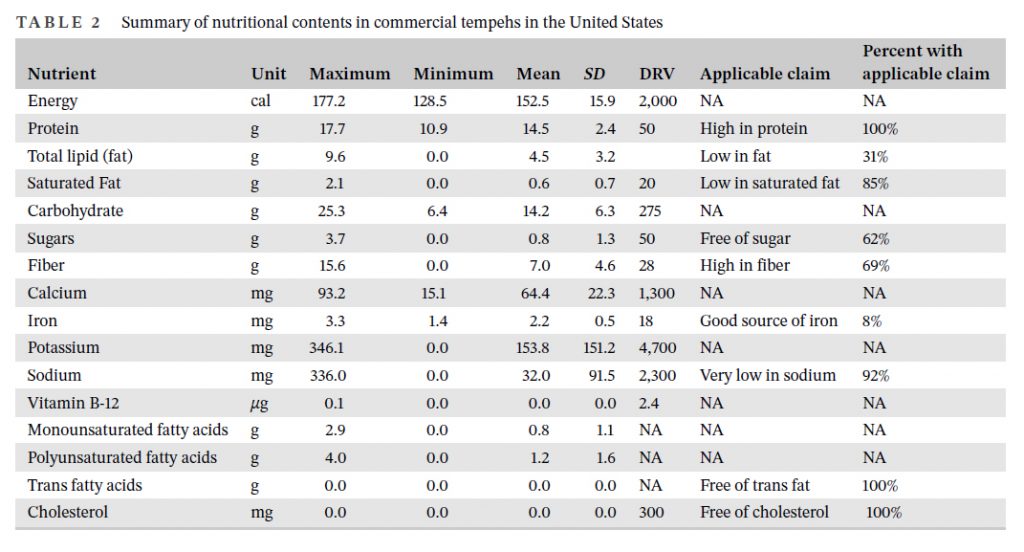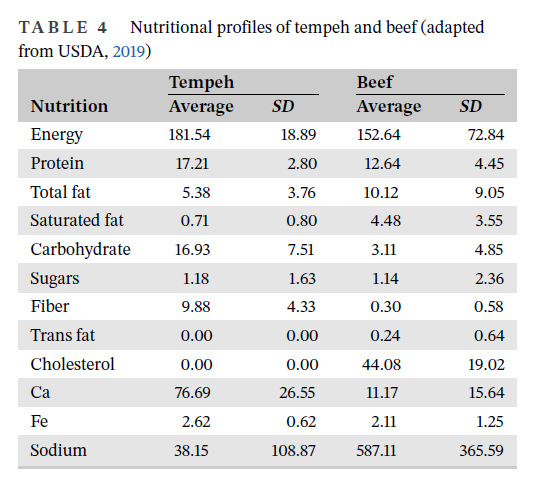You may just like the taste, but tempeh is known as Superfood for a reason. It is a great source of plant based protein, pre-biotics, vitamins, and minerals that promote a long list of health benefits.
So what exactly is tempeh? And is tempeh good for you? Keep reading for everything you need to know about this power-packed protein source.
What is Tempeh?
Tempeh was originated from my home country, Indonesia and it is a widely celebrated staple in Indonesian’s everyday diet. So much so that tempeh was considered food for poor people due to its affordability & the fact that it is widely available. Most of us, Indonesian, took it for granted.
You will easily find fresh tempeh in traditional wet market, still warm, and typically wrapped in banana leaf. Some of the traditional Indonesian dishes where tempeh make appearance including Gado gado, Sambal Goreng Tempeh and sayur lodeh. It is very versatile as ingredients that can be cooked for both savory and sweet dishes.
Though started as a poor people’s diet, it starts to gain popularity and recently making appearance and featured in a fine dining setting. More and more people realise the magic and the many benefits that tempeh actually comes with. And thanks to its versatility and nutrient profile, tempeh is a staple protein source on many vegetarian and vegan menus. It even has it’s own movement now – https://www.tempemovement.com/
Traditional tempeh is made from soybeans that have undergone fermentation, which is a process in which carbohydrates are broken down by bacteria called Rhizopus. Nowadays, tempeh is also available in variety of beans other than soybeans such as black beans, buckwheat, chickpeas, barley etc.
Tempeh has a firm texture and nutty yet earthy taste. Once binded, it form a dense, cake-lite patty. Like other soy products such as tofu, the mild natural flavor of tempeh itself means it can easily takes on the flavors of whatever it’s cooked with and can be marinated and seasoned to help easily boost the flavor. It’s often sautéed, roasted, baked, steamed, or grilled and swapped in for meat or other protein foods as part of a well-rounded, meatless meal.
What makes tempeh so nutritious?
Tempeh is the world’s richest plant-based source of vitamin B12 and shares the same high protein content as beef. It’s also highly digestible compared to other soy and bean products because the fermentation process enables nutrients to become more soluble (in other words, it gives you all the good stuff without the gas). In addition, it’s low in saturated fat, has no cholesterol, and contains fiber, iron, and all eight essential amino acids (the building blocks of protein).
In the United States, commercial tempehs in their RACC portion(84g) were all high in protein(100%,14.5±2.4g), mostly high in fiber(69%,7±4.6g), mostly low in saturated fat (85%,0.6±0.7g), mostly free of sugar(62%,0.8±1.3g), almost all were very low in sodium(92%,32±91.5mg), and all free of cholesterol as well as transfatty acids (Table2,3).

Compared to non-soy tempehs, soy tempehs contained higher levels of protein
Compared to the six beef entries on the USDA Food Data Central database, the U.S. commercial tempehs contained similar protein content, less total and saturatedfat, more carbohydrates, similar or higher sugar level, and higher fiber content(Figure9). Tempeh generally contained more calcium, slightly more iron, less sodium, and slightly more sugars than beef(Figure10). Based on the nutritional analyses above, tempeh can be considered as a nutritious source of protein given the high protein content, high fiber content, low saturated fat content, mineral content, and vitamin content. Compared to beef, tempeh was observed not to be inferior and potentially more favorable in terms of protein, total fat, saturated fat, fiber, cholesterol, calcium, iron, and sodium content(Table4).

Reference: hnan-Winarno AD, CordeiroL, Winarno FG, Gibbons J, Xiao H. Tempeh: A semi centennial review on its health benefits, fermentation, safety, processing, sustainability, and affordability. Compr Rev Food Sci Food Saf. 2021;20:1717–1767. https://doi.org/10.1111/1541-4337.12710
